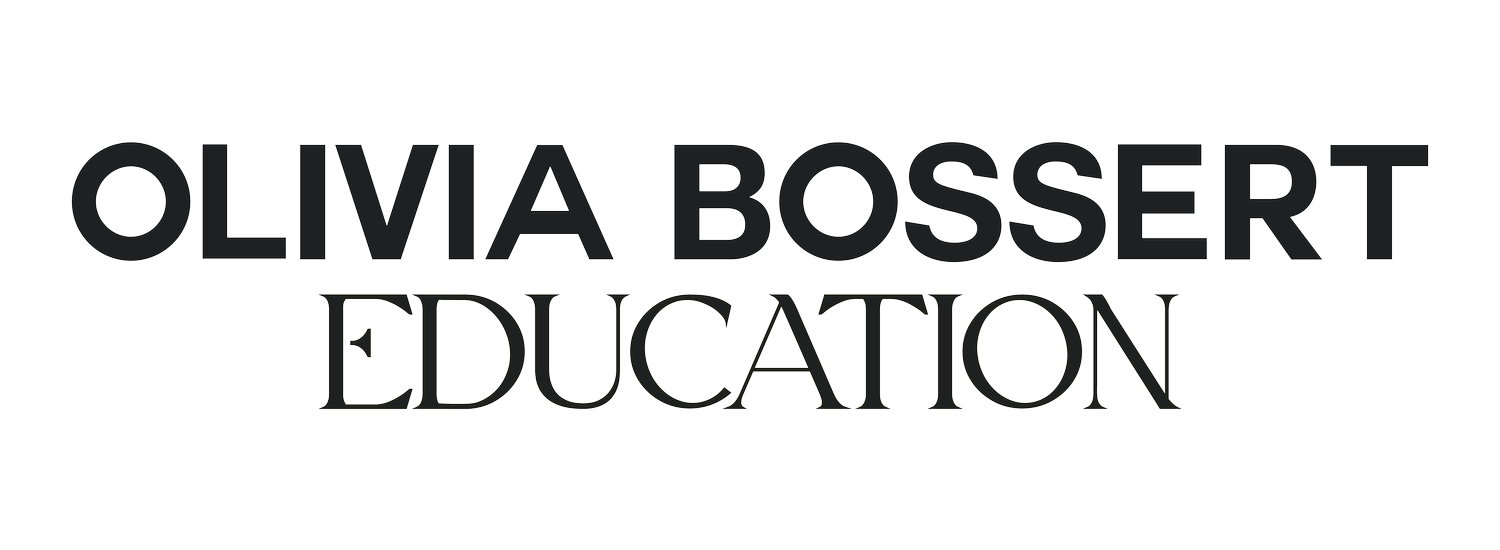How to Get Your Work Published in Fashion Magazines (Even If No One Knows You Yet)
If you've ever dreamed of seeing your name in the credits of Vogue, ELLE, or Harper’s Bazaar, you’re not alone.
But here's the truth most creatives don't want to hear: no one is coming to discover you. You have to make it happen.
In this post, I’m going to walk you through exactly how to get published in fashion magazines - from the difference between submissions and commissions, to what goes into a winning proposal, to budgeting and pitching like a pro.
Step 1: Stop Waiting to Be Discovered
Many photographers fall into the myth that it’s more legitimate to be discovered than to pitch yourself. I get it - being "found" feels cooler. But the truth? You could be waiting forever.
If you want to see your work in major fashion magazines, you have to go out and get it. Pitch your work. Show your face. Put your ideas in front of the right people.
This isn’t desperate, it’s empowering. It means you control your career.
Step 2: Understand Submissions vs. Commissions
These are the two paths to getting published - both valid, just different:
Submissions
You shoot an editorial first and send it to a magazine.
The magazine decides whether to publish it.
This is how most photographers start. It’s less risky for the magazine because they’ve already seen the result.
Downside? You have to fund it, source current-season clothes, and hope it aligns with the magazine’s needs.
Commissions
You pitch a shoot idea before anything is created.
If the magazine accepts, they may give you a pull letter (a document that allows stylists to borrow current-season clothing from PR agencies.)
It’s harder to secure but gives you better access to resources and clothing.
Step 3: Planning and Pitching a Winning Proposal
If you're going the commission route, here’s what your proposal needs to include:
A clear, exciting concept
Moodboard: overall aesthetic, styling, model direction, makeup, lighting
Shot list
Team details (if available)
Location info: studio, house, or outdoor—include photos
Styling aligned with the correct season
Keep it visual, scannable, and beautiful. No long walls of text. Design a clean PDF or host it on a webpage to avoid getting lost in spam.
Step 4: Know What Magazines Want (and When)
Magazines work months ahead. For example, if it’s July, they’re probably planning their Autumn/Winter content.
I created a £9 Pitching Calendar to help you know exactly what to pitch and when it’s a Notion dashboard you can check each month. Grab it here →
Step 5: Budgeting & Costs
Let’s talk money.
Most submission shoots are self-funded. I treat them as part of my marketing budget. You can keep it low-budget and still create gorgeous work.
One of my Harper’s Bazaar Malaysia shoots was done in my living room. Total cost? Almost nothing.
That said, if your shoot needs a bigger budget (studio, travel, set design), ask the magazine once they’ve expressed interest. Don’t be afraid to negotiate.
Step 6: Tips to Source Styling Without a Pull Letter
If you're doing submissions and can’t get a pull letter, here are some hacks:
Partner with emerging stylists who have PR connections
Reach out to new designers or fashion school grads
Do buy-and-return (ethically, and with care)
Use relevant current-season items - no Zara or old-season pieces if you want to be taken seriously
Bonus Tips
Pitch multiple magazines at once. Just be transparent - use a first come, first served rule.
Tailor your pitches to magazines that align with your style.
Don’t pay to be published. Ever. Real magazines don’t charge submission fees.
Embed proposals into your website, it’s more professional, and helps avoid spam filters.
Use past work as proof-of-concept - show them what you’ve done and what you can replicate.
Is It Worth It to Shoot for Free?
It depends. You don’t need to be published in magazines to be a successful fashion photographer.
But being published in top titles gives you social proof and credibility. It can lead to more clients, bigger campaigns, and higher rates.
So if you want it, go for it. But don’t feel like it’s a must.
You don’t need permission. You need:
A strong idea
A clear plan
The confidence to pitch it
Start where you are. Pitch to small online mags. Build from there. And don’t wait for someone to hand you a seat at the table, build your own.
If this helped, share it with a photographer friend who needs it. And if you’re ready to start pitching with intention, check out my Pitching Calendar or explore the Success Studio.
Let’s get your work published. You've got this.

